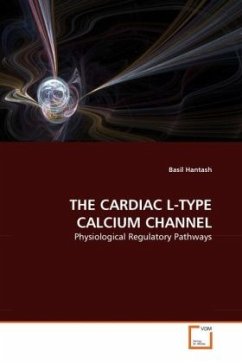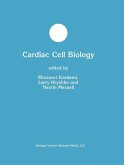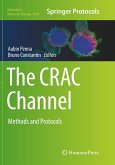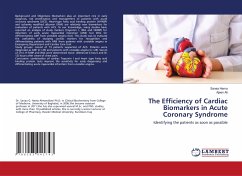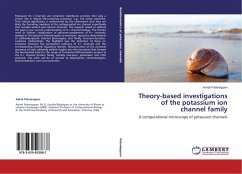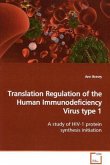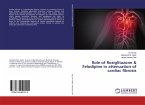Calcium (Ca2+) permeability in excitable cells was first documented over 35 years ago, shortly after the discovery that sodium (Na+) and potassium (K+) ions moved across squid giant axon membranes in a voltage-dependent fashion. This permeability was facilitated by membrane proteins of a distinct class called ion channels. Since then, much progress has been made in understanding the role of ion channels in transduction of voltage signals into cellular responses. However, characterization of Ca2+ channels has lagged behind their better understood counterparts, the Na+ and K+ channels. This is ironic since Ca2+ channels offer another level of interest due to the complexity of the permeant ion Ca2+, which unlike Na+ and K+ ions, can itself act as a second messenger once inside the cell. For example, voltage-dependent Ca2+ channels of the long lasting, or L-type, are found in many excitable cells and have been shown to control muscle contraction, metabolism, enzyme activity, hormone and neurotransmitter secretion, as well as gene expression. This book examines several physiological regulatory pathways controlling cardiac L-type Ca2+ activity.
Bitte wählen Sie Ihr Anliegen aus.
Rechnungen
Retourenschein anfordern
Bestellstatus
Storno

